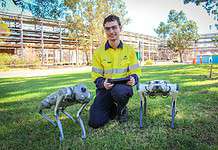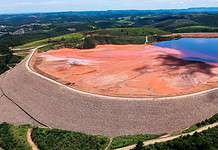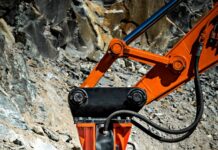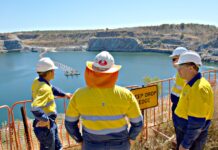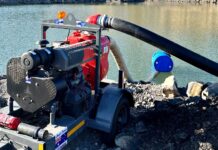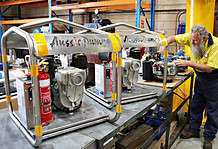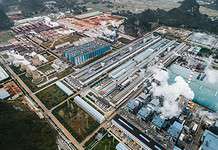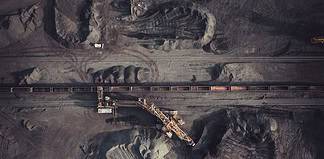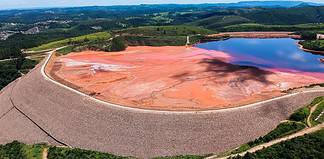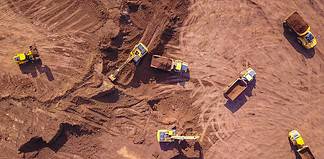Employment opportunities for Australia’s geoscientists showed a sharp increase in the final quarter of 2020, according to Australian Institute of Geoscientists survey results.
The greatest improvement was WA, where unemployment fell from 8% to 2.6%, while in Queensland the unemployment rate fell from 9.4% to 5.3%.
Overall, unemployment amongst professional geologists, geophysicists and allied earth scientists eased after improvement in employment prospects stalled throughout the previous three quarters of the year, the AIG said.
AIG president Andrew Waltho said he was pleased to see job prospects for Australian geoscientists ending a tentative 2020 on such a positive note
Nationally, between the beginning of October and end of December 2020, geoscientist unemployment fell sharply from 10.6% to 4.5%, the fourth-lowest rate recorded since the survey series commenced in June 2009, and the lowest rate recorded since June 2012, at the height of the resources boom.
Under-employment amongst self-employed geoscientists also fell in the final quarter of 2020, from 12.7% to 9.3%.
“The employment improvement appears to be largely due to increased mineral exploration,” Mr Waltho said.
“I would expect that the Australian exploration expenditure statistics for the quarter will reveal increased exploration activity, especially in WA and Queensland.
“Strong metals prices appear to be driving renewed investment in resource discovery, especially in commodities like gold, copper, nickel and other battery materials, even lithium where 2020 was not a good year for producers and investors.”
Improved confidence was evident among unemployed respondents, with almost half of the unemployed and under-employed respondents feeling confident of returning to work within six months.
Long-term unemployment, however, remains a concern with almost half of the unemployed respondents reporting having been without work for more than 12 months.



